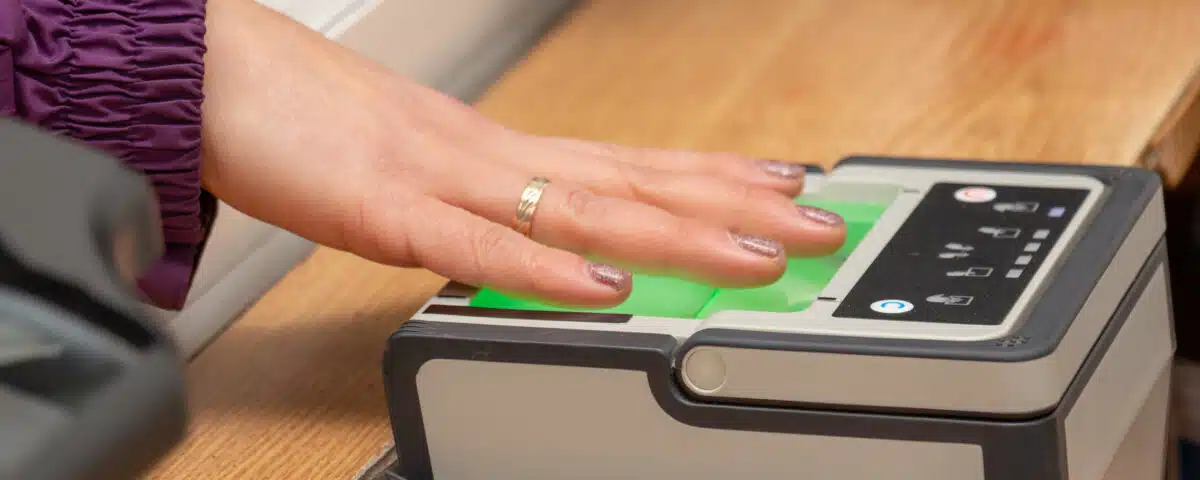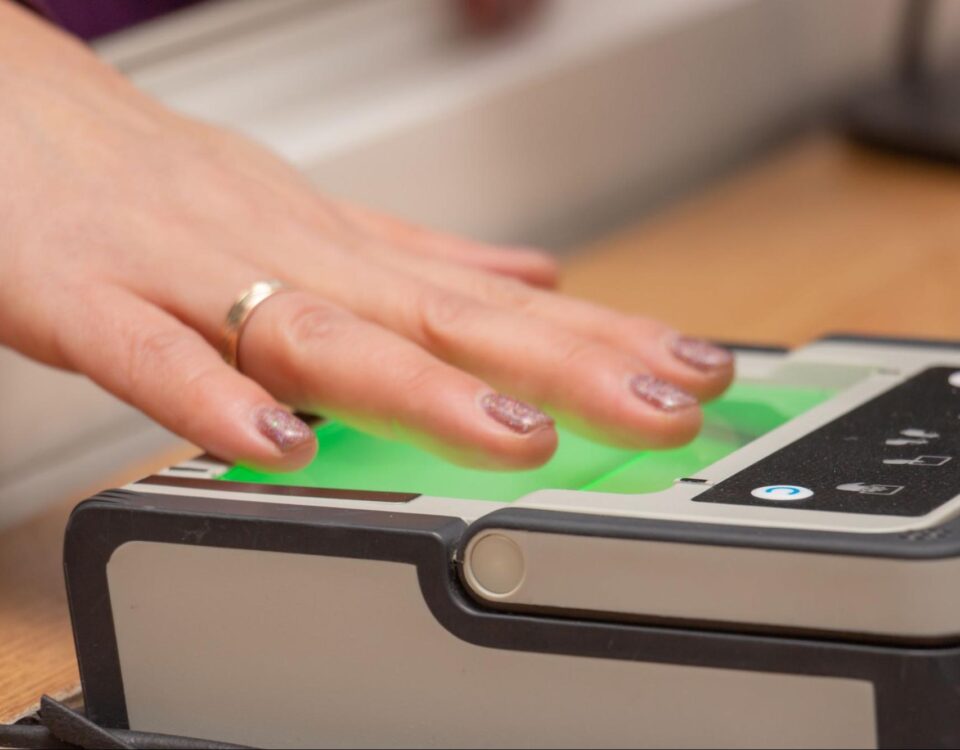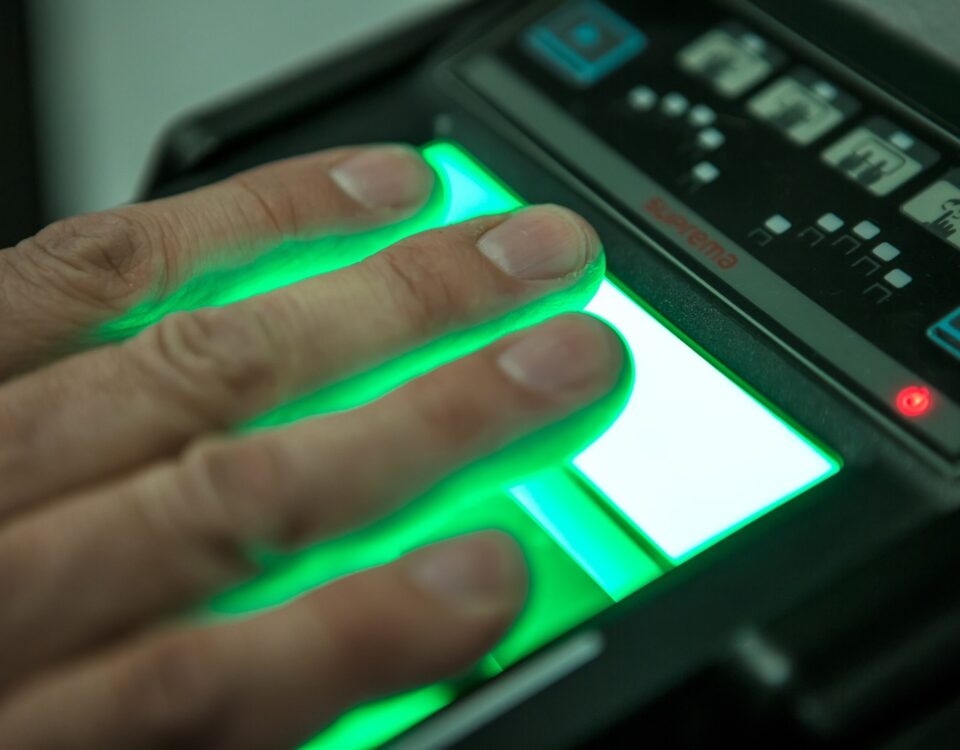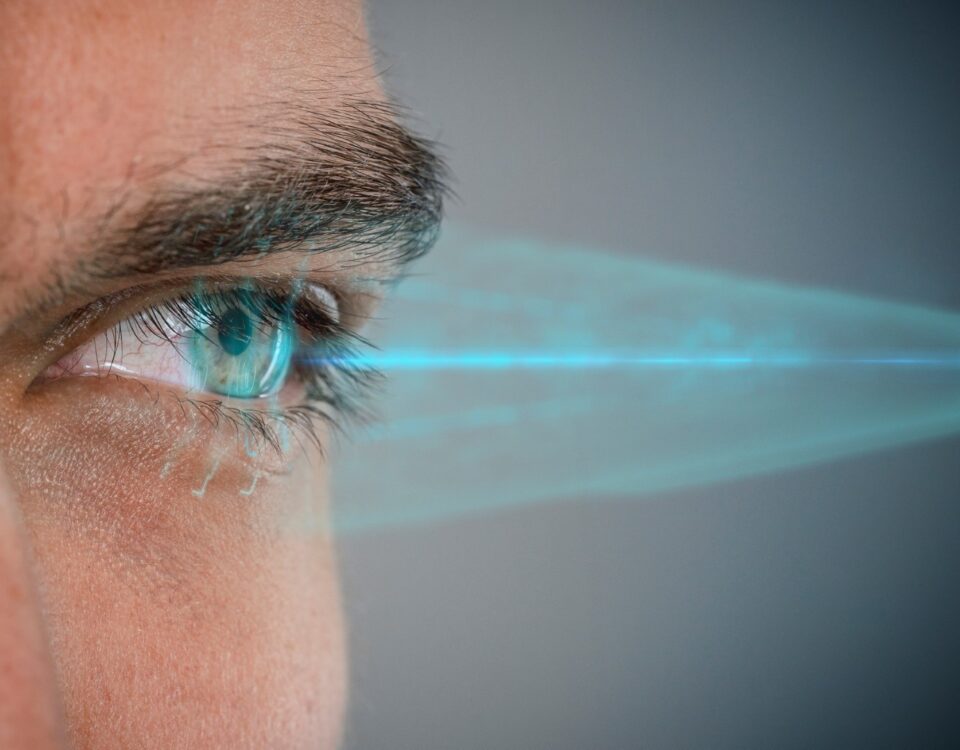How to choose the right fingerprint scanning device for your application

To support the successful implementation of a biometric system, choosing the right fingerprint scanner is vital. Here, we cover the top vendor-independent advice that you should follow when choosing the right fingerprint scanning hardware for your project.
Choosing the best option for your project
The fingerprint is one of the most common biometric modalities, especially for use cases such as access control. Your fingerprint is unique to you, so fingerprint devices can ensure only the right individuals gain access to a protected asset.
When choosing a fingerprint scanning device to support your biometric project, it is important to understand the different types of devices on the market. There are many differentials to consider when selecting the best fit for your application.
Four different types
- Optical
- Capacitive or CMOS
- Ultrasonic
- Thermal
Optical
Optical fingerprint scanning devices were the original, and still widespread method for scanning fingerprints. This method involves capturing an optical image of the fingerprint, which is then analyzed by algorithms to detect the unique patterns of the fingerprint. The higher resolution of the optical sensor, the higher the level of security as the higher resolution scanners will be able to discern a greater level of detail about the scanned finger. When choosing an optical scanner for fingerprint purposes, comparing the diodes per inch is a useful metric to analyze the potential accuracy.
Capacitive
Capacitive scanners tend to be used extensively in smartphones. At the core of a capacitive fingerprint scanner is the capacitor, which utilizes a range of capacitor circuits to collect data about the fingerprint being scanned. Capacitors store electrical charges. A conductive plate on the surface of the scanner will capture the details of the scanned fingerprint.
Capacitive scanners can not be fooled by an image that replicates a fingerprint, and it would be incredibly difficult to replicate a fingerprint with a prosthetic as the digital data captured by a capacitive scanner is very precise and unique to each fingerprint. When choosing a capacitive device of this modality, the more capacitors, the higher the resolution of scanning available. This higher resolution can result in a higher level of security.
Ultrasonic
One of the latest innovations in the biometric modalities hardware market is ultrasonic scanning. Ultrasonic scanning is used on some cutting edge smartphones, and the benefits of ultrasonic fingerprint scanning compared to some of the more traditional methods is that ultrasonic scanning offers a larger effective reading area and faster processing times.
The hardware involved in an ultrasonic scanner for fingerprints involves an ultrasonic transmitter and receiver. When scanning a finger, an ultrasonic pulse is sent to the finger that is placed on the scanner. Part of this ultrasonic pulse will be absorbed whilst some of it will bounce back to the sensor. The differences in a fingerprint’s ridges and pores will determine what parts of the ultrasonic pulse are bounced back to the scanner.
To increase the accuracy of ultrasonic scanning, then scanning the fingerprint for a longer period of time will allow for a more detailed depth of data to be captured. This ultrasonic scan data is used to reproduce a 3D model of the scanned fingerprint, offering an unparalleled layer of security in comparison to either an optical or a capacitive scanner.
If a finger is pressed against the glass, it is physically impossible to take a 3D image. There are different sorts of contactless readers that are capable of taking 3D images of fingers such as those here.
Thermal
Thermal fingerprint scanning works by sensing the difference in temperature between the contact surface and the ridges and valleys of the fingerprint. Whilst these thermal differences might be small, the thermal scanners are precise enough to offer a detailed analysis of the fingerprint.
Hybrid solutions
As there are many different use cases and requirements for fingerprint readers, there exist hybrid solutions that combine the best of multiple approaches into one flexible, scalable fingerprint scanning device. For example, optical-capacitive scanners are used extensively within affordably priced scanners where the sensor is embedded within the display. Whilst ultrasonic sensors might offer the highest level of accuracy due to the 3D modeling capabilities, they are not necessarily the most cost effective solution for a fingerprint scanning requirement.
There is no one ‘best’ technology when it comes to choosing a fingerprint scanning device; it will depend heavily upon your project requirements and specification. All of the aforementioned types of fingerprint scanning technologies will remain viable and popular solutions for biometric projects for the foreseeable future.
Types of Fingerprint Readers
It isn’t just the fingerprint scanning method that you can choose from. There is also differentiation between how the fingerprint itself is captured, and whether a singular or multiple fingerprints are required.
Single Finger Capture
As the name suggests, single finger capture involves the capture of one finger. When choosing a single figure capture scanner, it is worth checking whether the scanner is capable of capturing single rolled fingerprints and/or flat fingerprints.
Dual Finger Capture
Known as either two-finger capture scanners or dual fingerprint scanners, this type of biometric device delivers the happy medium between the convenience of the single finger capture systems and the accuracy of the ten-finger scanners. For large-scale implementations that require portability without sacrificing security, dual finger capture scanners are ideal.
Dual finger capture scanners feature the same type of scanning technologies, but have a larger physical and effective capture area, large enough to capture two fingers at once. To be FBI certified, the minimum size of a two-finger scanner should be at least 1.6 by 1.5 inches.
Practical applications of dual-finger capture scanners:
- National ID Cards
- Border Force and Control
- Voter Registration
- Law Enforcement
- Private Banking
10 Finger Capture
10 finger capture fingerprint scanning devices are amongst the most accurate hardware solutions in the biometric modality market. These scanners are equipped to facilitate the 4+4+2 method of fingerprint scanning, which is to say the 10 fingers of the human hands. 10 finger capture scanners feature a large physical and effective capture area, large enough to capture four-print slaps, dual thumbs as well as single flats. Some scanners will also be capable of capturing rolled fingerprints as well.
Palm Capture
The complex characteristics of a palm make it an optimal choice for biometric capture when a higher accuracy of individual identification is required. As a result, palm print capture devices are commonly used within law enforcement, homeland security and access control systems.
Choosing a biometric fingerprint scanning device
The Biometric Supply team is on-hand to offer vendor-independent advice to help you select the most suitable biometric hardware for your project. As a subsidiary of Neurotechnology, specialists in core biometric technologies since 1990, we are well-placed to provide advice based on class-leading experience and expertise.
If you are looking to purchase any of the types of mentioned devices and require tailored, personalized advice, please contact us.




